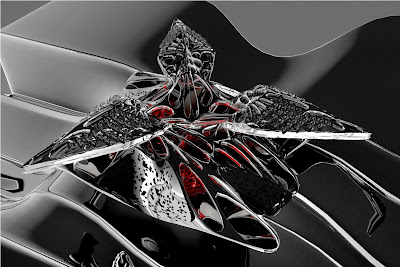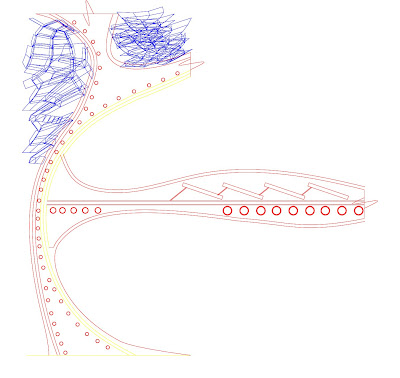This has been a topic of great interest and concern for Texas A&M University at different levels; from design, theory, construction, sustainability, fabrication, material science and technology among others. As part of the introduction within the goals of the Solar Decathlon of A&M .We selected the following quote: “We are entering a new paradigm where innovation is key and those entrenched in the status-quo will be left behind. The Texas A&M Solar Decathlon groHome carries the banner of innovation forward into the future by utilizing the latest technologies through a platform designed for change”.
This impetus has not stalled; in fact it has been strengthened by the constant search for innovation and technology. New interests in fabrication, performance and integrated systems has given the idea of starting new collaborations with some of the new leading architectural offices in terms of technology, materials, fabrication, construction and sensation. However in a debilitating world economy where less costumed designed houses are being built, is it still relevant to discuss the house? Is this a disappearing entity?
Progressive digital design techniques are pivotal to moving forward in the field of architecture. A concept we would argue as “Elegance” confronts this shortcoming in critical discourse by arguing that the mastery of technique, whether in design, production or both, does not necessarily yield great architecture. As architectural multiple complexities are difficult to condense into a single formal criterion, it becomes apparent that a more inter-relational set of criteria is needed to develop architecture through emergent methods. When multiple criteria are employed, the formal design development is subsumed within the techniques used. Elegance is achieved when, rather than allowing external constraints to alter and compromise the internal organization is manipulated and transformed to adapt external constraints.
The project will incorporate not only the latest ideas in design but in technology, sustainability and materials. Similar to how furniture has a skin. This building will have the type of skin that is not only perrformative, this means it will be integral part of the mechanical systems of the project. The skin should also be beautiful and should produce some kind of sensation. The project is instead focused on generating technological ambiance. The divisions between technology and culture and building technology and architecture begin to dissolve into a hybrid spatial sensibility. Fluid flow, structural patterning, ornament, sustainable systems and lighting combine into a coherent whole, generating unexpectedly vivid and lively atmospheres.
The mechanical systems and structural processes will be legible, but in an ambient, atmospheric way. The aim is not a performative, structural expressionism, but rather the creation of public space defined by crossovers of technology, culture and sensation.


























































